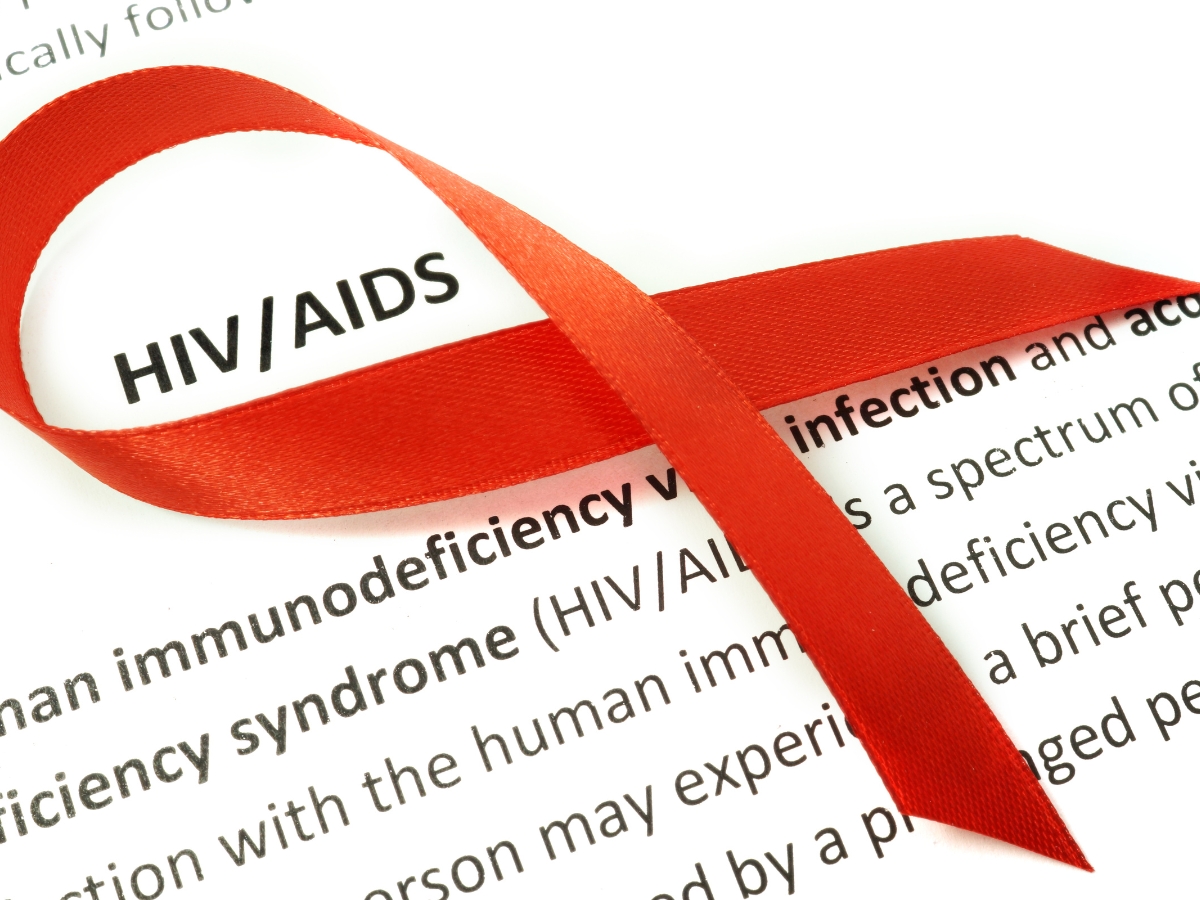Bacille Calmette–Guérin Vaccine May Prevent Most Common Cause of Death in Patients With HIV
Investigators suggest that the Bacille Calmette–Guérin vaccine, which prevented tuberculosis in nonhuman primates infected with SIV, can also protect against HIV.
Intravenous (IV) Bacille Calmette–Guérin (IV BCG) immunization may be effective for preventing tuberculosis (TB) in patients with HIV, according to the results of a study of nonhuman primates (NHP) published in the journal Nature.
The study evaluated the vaccine’s immunogenicity and efficacy in preventing TB in NHP infected with simian immunodeficiency virus (SIV; a source of HIV in NHP) because it is a model for HIV protection.

“Overall, these data demonstrate that IV BCG vaccination resulted in complete protection against Mtb in SIV-naive animals,” the study authors wrote in the article. “Furthermore, we show that high-order protection against Mtb is achievable in SIV+ animals.”
The BCG vaccine is currently the only immunization that is licensed to protect against TB. Unfortunately, the current form of the vaccine is contraindicated in PLWHIV who do not take antiretroviral therapy (ART). This study expands on prior research that evaluated the safety, immunogenicity, and efficacy of IV BCG for immunocompromised SIV-infected NHP. Investigators assessed these endpoints in 4 groups of animals: SIV-naïve and unvaccinated, SIV-naïve and vaccinated, SIV+ and unvaccinated, or SIV+ and vaccinated.
The team observed that regardless of SIV status (SIV-naive or SIV+), IV BCG vaccination significantly reduced lung inflammation compared to unvaccinated NHPs at necropsy, according to the study authors.
Further, SIV infection did not negatively affect the creation of mycobacterial-specific T cell or antibody responses in airways or blood of SIV-naïve or positive NHP. Considering mycobacterial-specific antibodies fight the bacterium that causes TB, these findings suggest that the IV BCG vaccine is effective against the virus that gave rise to HIV.
“With protection from TB defined as a total thoracic Mtb burden <100 CFU16, IV BCG conferred 100% protection in the SIV-naive animals and 75% protection in the SIV+ animals,” the study authors wrote.
The study includes limitations, including that SIV infection was quasi-pathogenic. In addition, vaccine durability and sterilizing immunity were not evaluated, and investigators did not study trained immunity.
Approximately 1 in 3 PLWHIV die from TB, and this patient population is more vulnerable to Mtb infection. Although the current TB vaccine is effective, it can have drug-drug interactions with patients taking ART, and it is associated adverse events that can compromise patient medication compliance. Long-term studies are necessary to understand the protection durability, or studies looking at alternate administration routes, such as mucosal delivery, according to the study authors.
“This study establishes a model to identify correlates of protection in the context of pre-existing SIV/HIV and lays the groundwork for future studies to develop effective TB vaccine regimens for PLWHIV,” the study authors wrote.
Reference
Larson EC, Ellis-Connell AL, Rodgers MA. Intravenous Bacille Calmette–Guérin vaccination protects simian immunodeficiency virus-infected macaques from tuberculosis. Nat Microbiol (2023). DOI:10.1038/s41564-023-01503-x